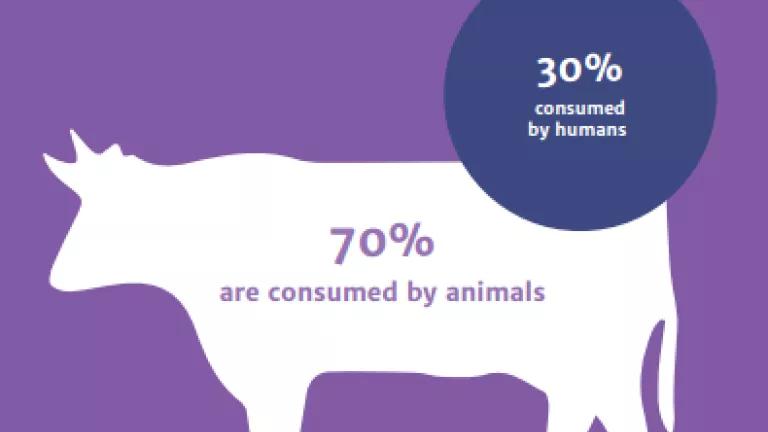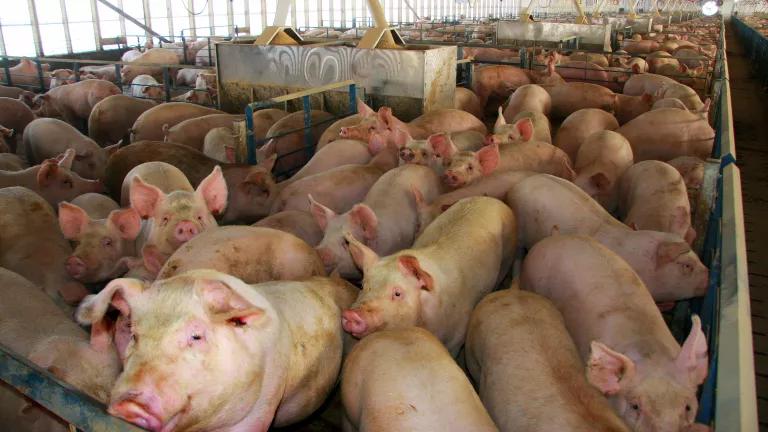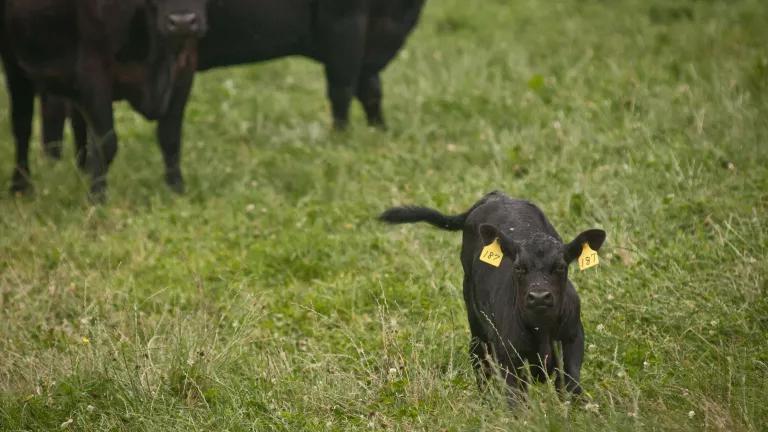
Global economic growth is anemic. And there’s another huge hit on the horizon. Ten million deaths per year, and lost production amounting to $100 trillion annually. That’s the predicted global toll by 2050 from the epidemic of antibiotic resistant infections—unless we get our hands around it.
The predictions are from Lord Jim O’Neill, the former Goldman Sachs economist commissioned 2 years ago by the UK Prime Minister to complete a comprehensive review on antibiotic resistance. Resistance, O’Neill argues strongly, needs to be seen as the threat that it is to economic growth, as well as to national security.
His final report (of ten, overall) was just published yesterday. Tackling Drug-Resistant Infections Globally: Final Report and Recommendations offers up a ten-point plan, but zeroes in on just four, especially important interventions.
First, says O’Neill, we need a “massive”, global public awareness campaign. Second, we have to somehow overcome the lack of a pipeline for new antibiotics. Third, we have to get smarter and only use antibiotics when absolutely necessary—because it’s our tremendous overuse that speeds up drug resistance. Fourth, and the focus of this blog, we must reduce the extensive and unnecessary antibiotics in agriculture. Let’s reflect on how well the U.S. is implementing this key final goal.
Over 70% of antibiotics of human importance in the U.S. are sold for use in animals, not people; typically those drugs are given to animals that are healthy or without any diagnosis of disease. O’Neill outlines three steps that could bring about much needed progress:
#1 Set targets.
There’s a strong case for individual countries to set hard 10-year targets to shrink antibiotic use in agriculture, starting in 2018.
How does the U.S. rate? Just over a year ago, the White House released its National Action Plan (NAP) to combat antibiotic resistant bacteria to great fanfare. Among other strengths, the Plan committed by 2020 to reducing inappropriate medical use of antibiotics by 20% in U.S. hospitals and by 50% in clinics and community settings. Fourteen months later, as I recently blogged, no such targets have been set for reducing sales of human antibiotics for use in livestock or poultry, where the large majority are apparently being used.
In fact, the President’s Plan relies on the FDA to restrict antibiotics used in agriculture, and that agency is entirely focused on ending antibiotics in animal feed for growth promotion. Industry itself has estimated such products account for no more than 10-15% of all antibiotics used in agriculture. The O’Neill report (p. 26) calls out that a “ban on the use of antibiotics for growth promotion for example, while a significant step forward, alone would not solve the problem.”
In fact, the FDA has deliberately created a gaping loophole such that many antibiotics losing a claim for “growth promotion” on their label can continue to be used at equivalent dosages in the name of routine “disease prevention”. When a decade ago regulators in the Netherlands tried a similar approach to reducing antibiotic use, it failed. Veterinary drug sales later were reduced by half, but only after the Dutch government launched a much more aggressive effort to reduce use of ALL antibiotics in feed , including for disease prevention.
#2 Ensure special protections for highly critical human antibiotics.
Too many antibiotics of last resort for sick people, like fluoroquinolones and cephalosporins, are also being used in agriculture. Immediate action is needed to better protect them by restricting or banning certain such uses outright.
How does the U.S. rate? In the U.S., gentamicin still is injected into many of the eggs that hatch into chicks. Some off label use of cephalosporins has been restricted in chickens, but overall use of cephalosporins, fluoroquinolones and macrolides remains widespread in livestock. Sales of cephalosporins and macrolides for use in food animals rose 57% and 11%, respectively, from 2009 to 2014, according to FDA data (Table 9).
#3 Expect transparency.
For consumers to make more informed decisions, the report insists, food producers must be transparent on the antibiotics used to raise the meat that we eat.
How does the U.S. rate? The FDA has never required farms or veterinarians to report on the amount of antibiotics used at the farm level, or for what purpose. Each year FDA does publicly release figures on sales of antibiotics to be used in food animals, but those are not equivalent to actual usage data. Moreover, the sales data are not parsed out according to usage in particular animal species (chickens, pigs, cows, etc.), or for a particular purpose, like growth promotion.
For its part, the Senate this week appropriated only $5 million to the USDA’s APHIS program to collect on-farm data on antibiotic use, just half of what the President’s budget had requested, which itself had appeared to us to be inadequate to the task. To meet public demand for more information, meat companies and restaurants have begun making claims about how their products are produced, but these claims are mostly not verified by an independent third party.
With the May 19th release of his final report, Lord O’Neil arguably has succeeded in his stated goal of putting antibiotic resistance at the “forefront of the minds of heads of state, finance ministers, agriculture ministers and of course health ministers, for years to come.” Will that translate into meaningful progress in terms of U.S. policy change to restrict antibiotics widely used in U.S. cows, chickens and pigs? Maybe, but prospects for now look grim.
And yet, the lack of meaningful restrictions in the U.S. has global significance. The U.S. is the world’s largest producer of beef, turkey and broiler chickens, and the third largest hog producer. Without full U.S. participation, in other words, any global efforts to tackle antibiotic resistance will be diminished. Drug resistant microbes travel freely, without respect for borders; when bred in the U.S., these superbugs will find a way to other countries.


